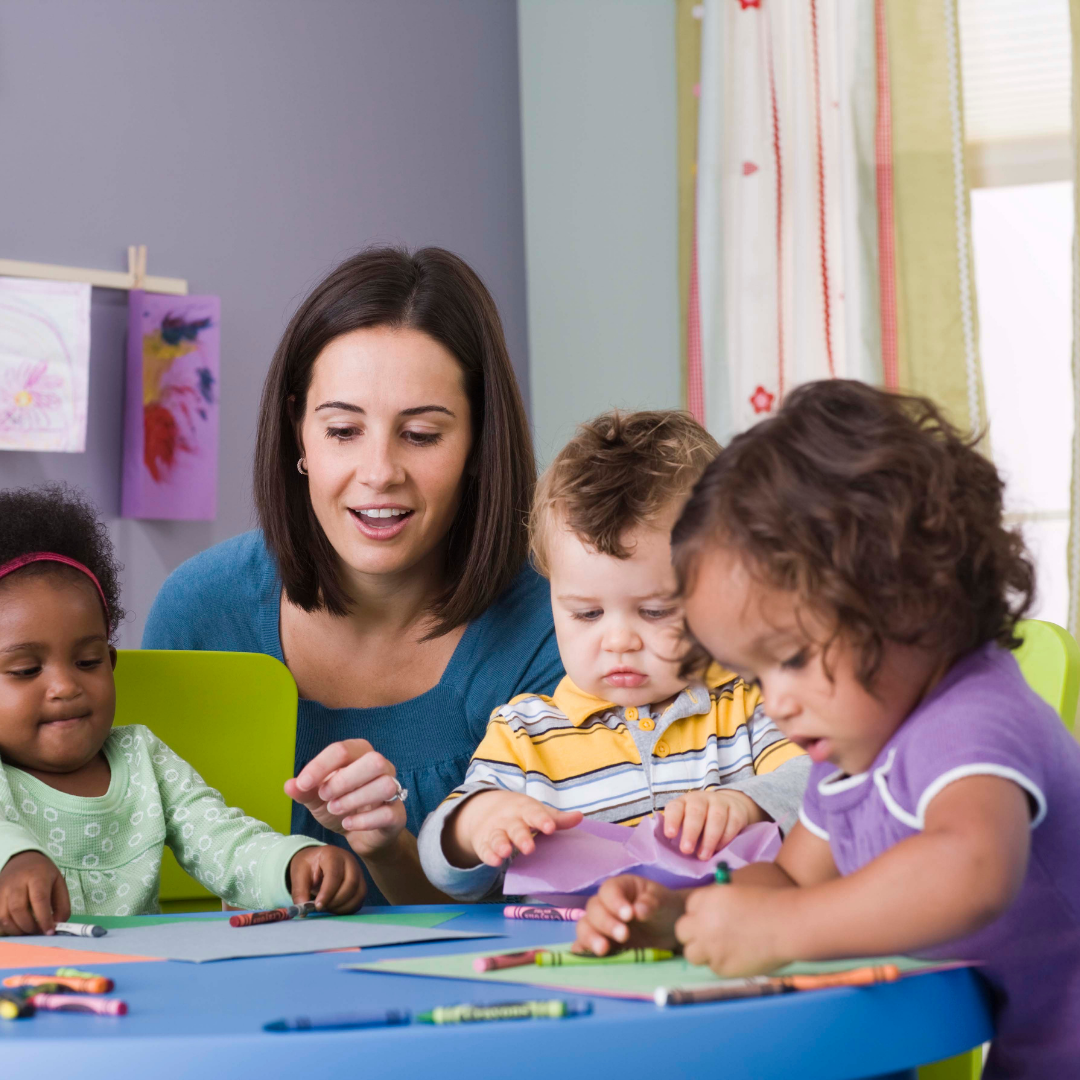Well hello again everyone it’s Kasey here! I wanted to take some time to bring you up to speed on how kids develop their speech. We all know that kids don’t pop out of the womb sounding just like an adult, so how do we know what they are saying? Well that is a great question!
Kids use certain patterns of simplification to ensure that their speech is easily understood by those around them but also feasible for their little mouths to make as they learn how to grow and develop more refined tongue movements. We call these patterns Phonological Processes and they are very developmentally appropriate, for a period of time anyways. Let’s take a look at at five of these patterns, how kids use phonological processes to simplify their speech,and at what age is we expect these “simplification processes” to disappear.
- Your child might move sounds that are typically made in the back of the mouth like K or G to the front of their mouth T or D. This is called fronting. For example we might say “tootie” for “cookie”. We expect kids to stop doing this by 3 1/2 years old.
- You might also noticed that your child produces W instead of an R sound, this would be typical until about age 6. An example would be saying “wabbit” instead of “rabbit”. We call this gliding.
- Some children stunt their airflow and this is called stopping. An example would be “dump” for “jump” or “pan”for “fan”. The age at which this disappears depends on the specific sound but typically all are resolved by the age of five. This is referred to as
- Children might make more of a slushy sound for harder words like saying “Joor” for “door” but we want children to stop doing this by three years of age. This is called after affrication.
- It is also very common for kids to switch different sounds within categories of sounds (which we referred to as affricates). For example your child may say “ships” instead of “chips”. This is expected to be resolved by four years of age. It is known as deaffrication .
If you are unsure about your child’s speech patterns, you have questions about any of these phonological processes, or you would like a free screener for your child please reach out to us! Our goal is to help your child’s messages be understood and to keep them on the path of optimal development!
-Kasey-

